After the country's reunification in 1975, along with other forms of cultural and artistic arts, Vietnamese fine arts have developed strongly, leaving their mark both domestically and internationally, creating a rich and diverse modern Vietnamese fine arts scene.
Artistic imprints of two regions
Painter Ngo Xuan Khoi (Vietnam Fine Arts Association) assessed that after the country's reunification in 1975, Vietnamese art and culture entered a new phase - a phase of healing, building and reshaping identity in peacetime.
In that general flow, fine arts are not only an aesthetic voice, but also an expression of a national spirit that is both proud and thirsty for innovation.
From two regions - with different aesthetic and historical backgrounds - the team of artists met in a common space, together creating a new look for modern Vietnamese fine arts.
In the North, the generation of resistance artists - those who were formally trained at the Indochina College of Fine Arts or during the war - continued to play a leading role. Names such as artists Tran Van Can, Duong Bich Lien, Nguyen Sang, Bui Xuan Phai, Nguyen Tu Nghiem... each left their own mark, creating diverse aesthetic currents.

The lacquer paintings of artists Tran Van Can and Nguyen Tu Nghiem are a combination of tradition and modernity. Bui Xuan Phai’s paintings of Hanoi Old Quarter have become a heritage not only because of their artistic value, but also because of the quiet soul of Hanoi in each brushstroke.
In the South, artists such as Nguyen Trung, Buu Chi, Dinh Cuong, Vo Lang, Nguyen Lam... brought with them a spirit of creative freedom, existential perspective and style influenced by contemporary Western art.
Nguyen Trung was one of the first people to engage in abstract art in Vietnam, contributing to breaking the limits of traditional expression, aiming for personal freedom in art.
According to artist Ngo Xuan Khoi, during the period 1975-1986, Vietnamese fine arts continued to promote the spirit of socialist realism, which had been formed during several resistance wars.
The themes revolve around war, national reconstruction, images of workers and people's lives. Lacquer paintings, oil paintings, gouache, wood carvings... are the main materials.
The fine arts of this period were imbued with a collective spirit, and at the same time played a role in propaganda and education . “The exchange between the two regions after 1975 created a vibrant synthesis: from realism to abstraction, from tradition to experimentation, from individual to community. This is the strength of Vietnamese fine arts in the post-war period,” shared artist Ngo Xuan Khoi.
Commenting on the art life of this period, art critic Nguyen Quan wrote: "After 1975, the art of the North and South of Vietnam was like two parallel rivers, then merged to create a new flow - complex, multidimensional and full of vitality. It was the collision between the two aesthetic backgrounds that created the uniqueness of modern Vietnamese art."
In addition to easel works, public art works such as reliefs, monuments, murals in squares, museums, parks, etc. also contribute to shaping the urban and rural aesthetic space after unification. Uncle Ho monuments and Victory monuments in many localities are not only works of art, but also collective memories, anchoring the spiritual values of the community.
Since 1975, national art exhibitions held every five years have been considered a powerful demonstration of the strength of painters and sculptors throughout the country during this period.
Art of innovation and transformation
Along with the wave of economic and political innovation, Vietnam's artistic creative space has also gradually opened up to the world.
According to artist Luong Xuan Doan, Chairman of the Vietnam Fine Arts Association, after the country was unified on April 30, 1975, in 1976, the National Fine Arts Exhibition was held, with the participation of artists from the South. The exhibition marked the first innovation through the painting "After work, invite sisters to meet to compete to choose skilled workers" (1976) by the late famous artist Nguyen Do Cung.
The image of the female worker in the painting shows the beginning of a change in concept and creative tendency. And the painting is also a signal that fine art has come a decade ahead.
By the 80s of the 20th century, fine arts had made brilliant developments, blooming with the trend of innovative and forward-thinking fine arts. At that time, followers of the Indochina school of fine arts accepted the influence of modern Western art on Vietnamese fine arts.
The creative trends of traditional materials such as lacquer, silk, etc. have also been changed by the authors. In particular, the story of how Vietnamese society is changing is expressed in this space, with realistic paintings, abstract paintings, and surreal paintings.
Sharing the same view, artist Ngo Xuan Khoi also believes that after the 1986 renovation, fine arts gradually transformed from serving political tasks to expanding personal themes, inner life, and profound social issues.

The emergence of contemporary art forms such as installation, performance, video art, conceptual art... has marked a great step forward in artistic thinking, demonstrating the courage of Vietnamese artists to explore new things in the context of integration.
This was also the period when Vietnamese fine arts began to have deeper contact with modern and postmodern Western movements. Some artists such as Nguyen Trung, Do Thi Ninh, Tran Trong Vu... were pioneers in abstract painting in Vietnam, considering the expression of inner emotions as the center of creativity.
Dr. Pham Quoc Trung (Vietnam University of Fine Arts) commented that after 1986, the art world quickly seized the opportunity for innovation and joined the flow of regional and world art activities through experimentation and exploration of its own artistic language.
Fine arts in this period developed in many different styles and trends, not only stopping at innovating themes or topics, but also changing a new aesthetic model with a new system of concepts, structures and objects.
In the 1990s, Vietnamese painting began to attract the attention of the media and art collectors abroad, thanks to its uniqueness and identity.
Vietnamese fine arts simultaneously express many artistic contents and forms, from folk aesthetics of village culture, pre-colonialism, Indochina fine arts, socialist realism, to modern artistic trends of the early 20th century such as cubism, surrealism, and abstraction.
Entering the market economy, advertising graphics and applied arts have developed strongly, with many rich materials and technologies. There is an interweaving of concepts, languages and materials between art forms.
Along with that, contemporary art forms at the end of the century such as installation art, performance art, video art, pop-art... were also experimented by many young artists, opening up new interactive spaces between artists and the public, expanding the aesthetic range, going beyond traditional limits to explore more diverse forms and contents.
One of the great marks of Vietnamese fine arts in the post-renovation period is the strong voice of the individual. If in the past artists often hid behind the collective, behind “great ideas,” now the individual and inner life have become the center of creativity.
Dr. Pham Quoc Trung commented that despite many remarkable achievements after 1975, Vietnamese fine arts still have some limitations and challenges that need to be overcome.
The newly formed art market is still fragmented and unprofessional, lacking legal sanctions, leading to copyright infringement occurring at many levels, reducing the artistic value and creative work of artists.
A number of artists are commercialized, resources for creation and research have not yet met the needs of development and international integration in a timely and adequate manner, the force of fine art critics is thin and weak, there is a lack of large-scale contemporary art museums to organize national art events, there is a lack of domestic "donors" to sponsor... these are major limitations for the development of Vietnamese fine arts, to step up to a new level of transformation in quality and professionalism.
For Vietnamese fine arts to develop more brilliantly, artist Luong Xuan Doan believes that artists themselves must make efforts to create art and find a suitable direction for themselves.
Entering the third decade of the new century, the Vietnamese art world also entered the second period of renovation, after the 1980s. This change depends a lot on young artists, who are always confident and courageous to do what they want.
“Vietnamese contemporary art is becoming more and more different thanks to young people. They have different perspectives, think differently and paint differently from previous generations. That is the most beautiful inheritance of young artists from Vietnamese art,” artist Luong Xuan Doan emphasized.
It can be said that the development of Vietnamese fine arts 50 years after the country's reunification is a testament to the ability to self-renew and harmonize between ideological and artistic currents.
The contributions from both regions, with many respected artists, not only created a unified fine arts scene, but also enriched the national cultural identity. That journey is still continuing, with generations of young artists increasingly strong in thinking and brave in creativity./.
Source: https://www.vietnamplus.vn/50-nam-my-thuat-viet-nam-phat-trien-thong-nhat-trong-da-dang-post1036120.vnp


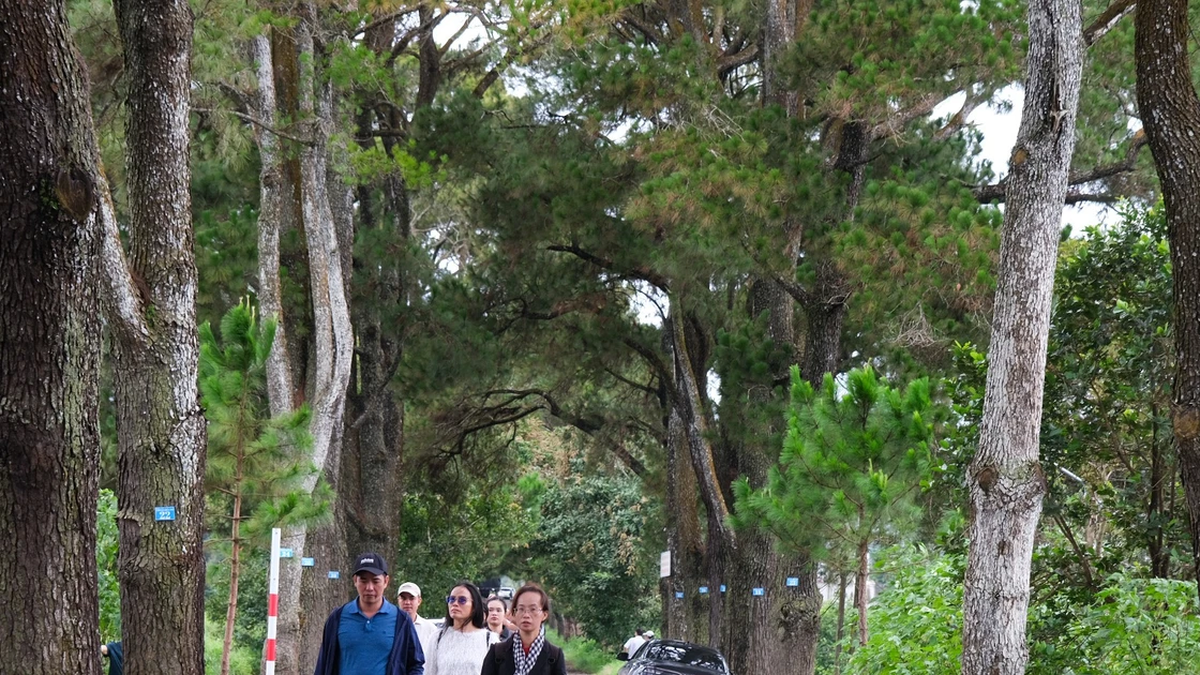
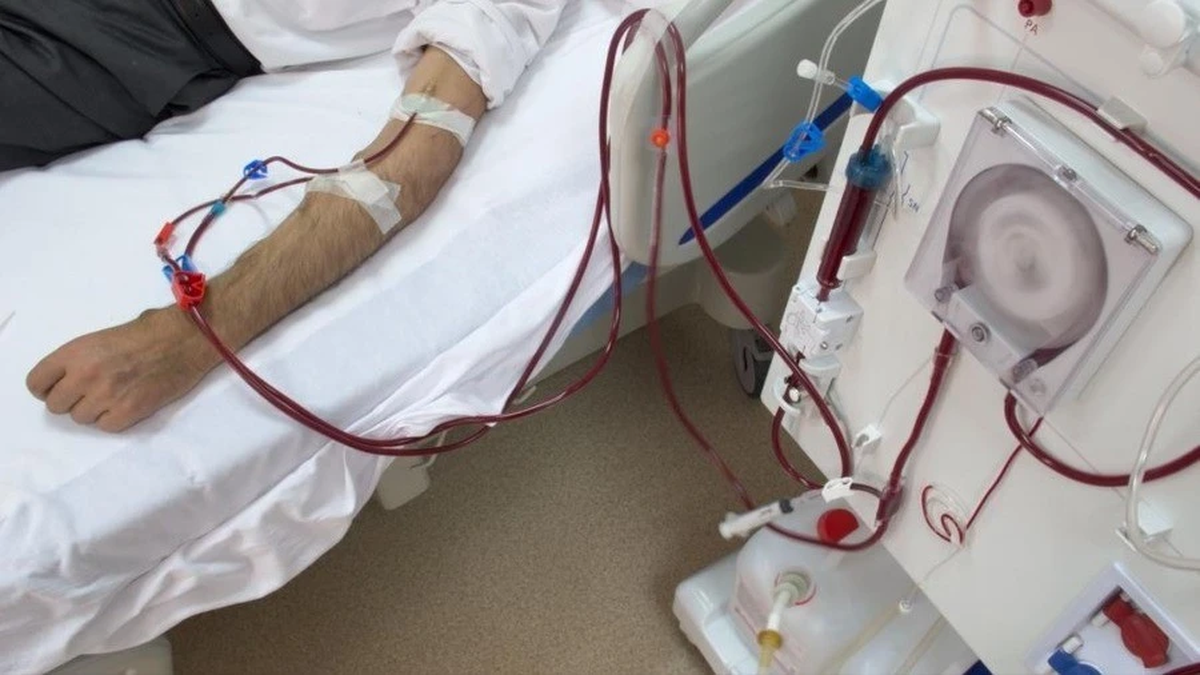
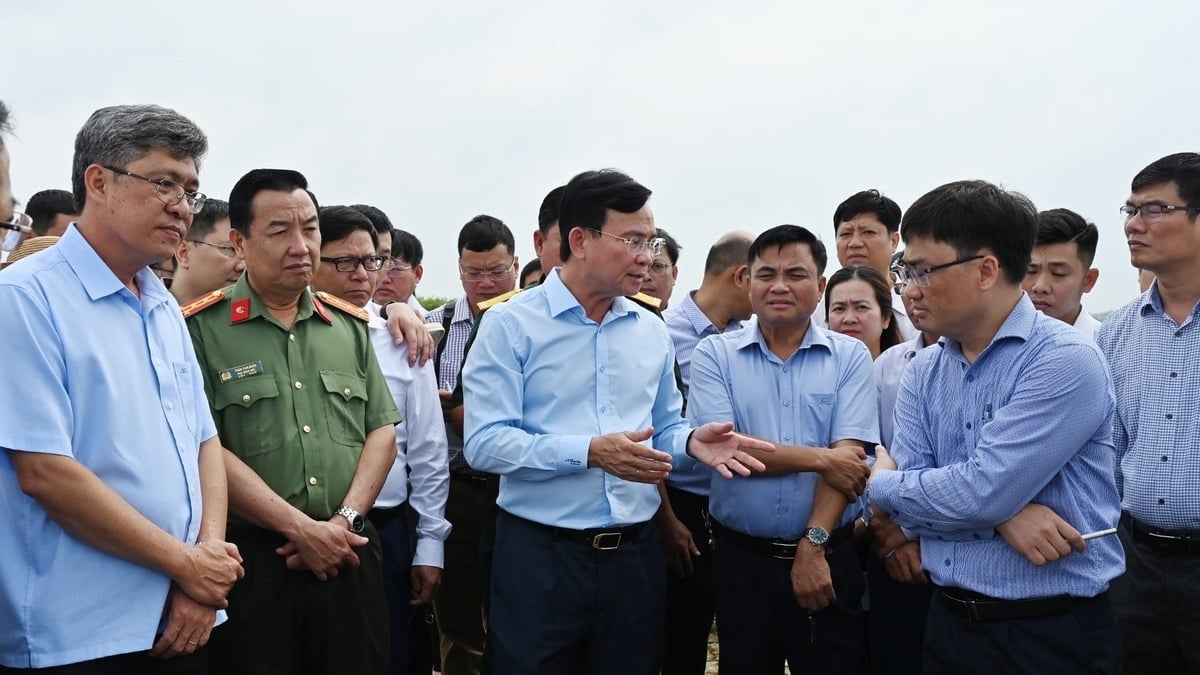
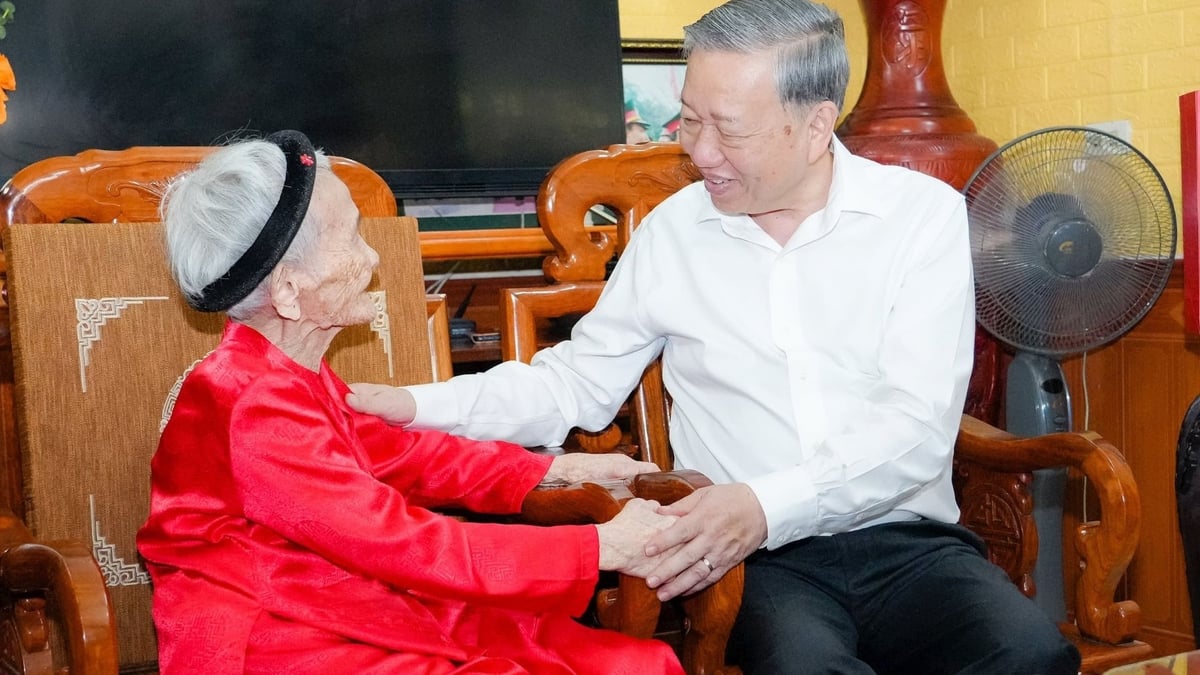

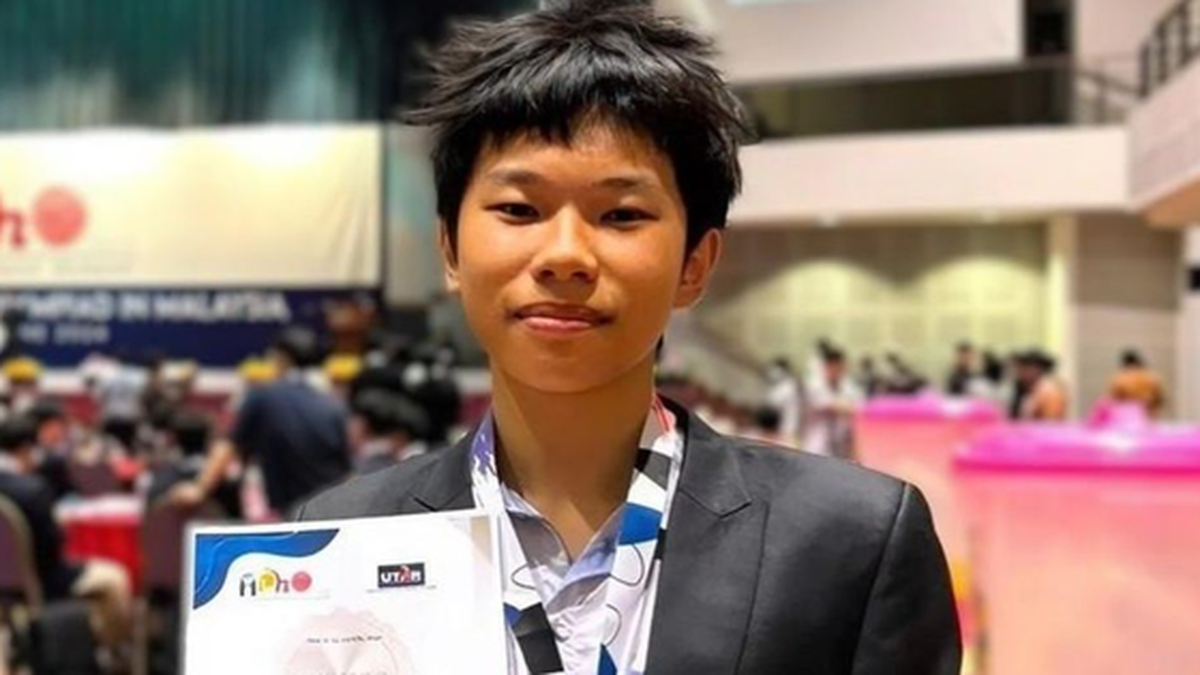

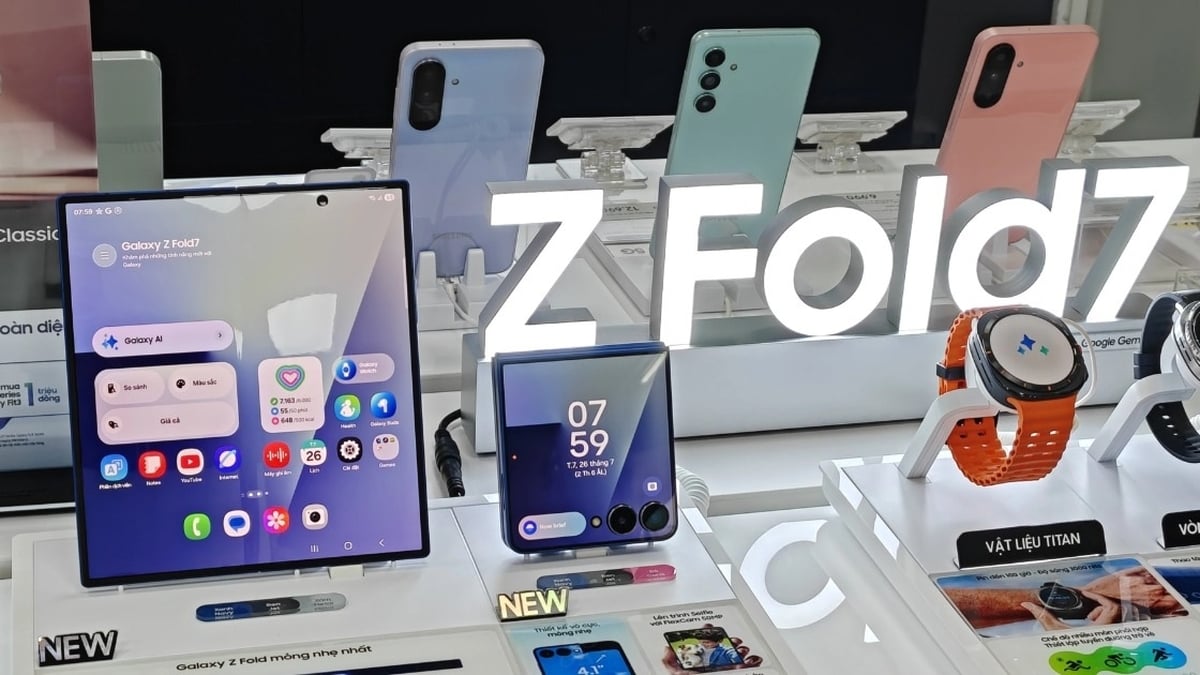
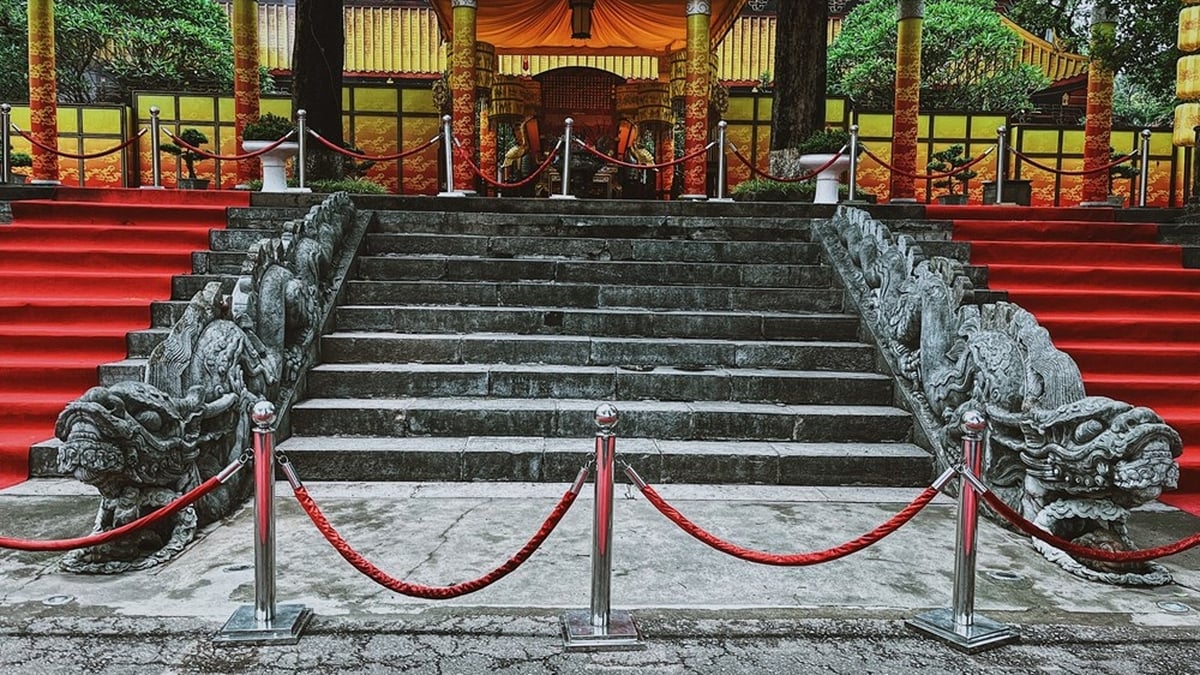
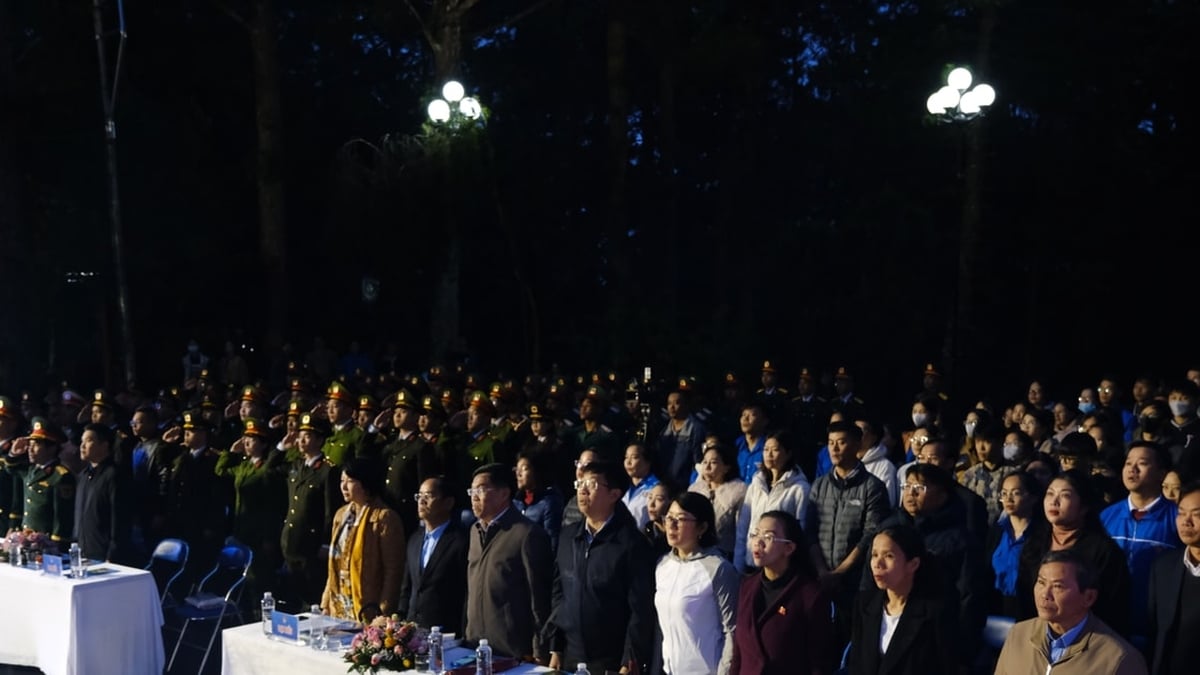










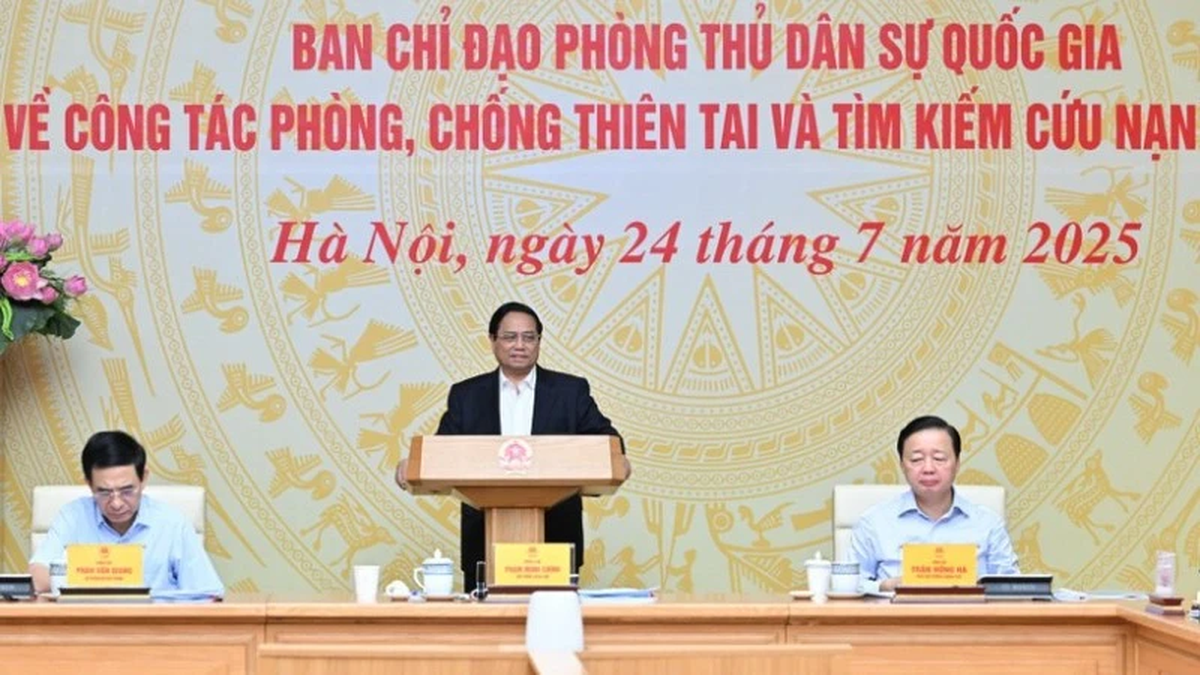
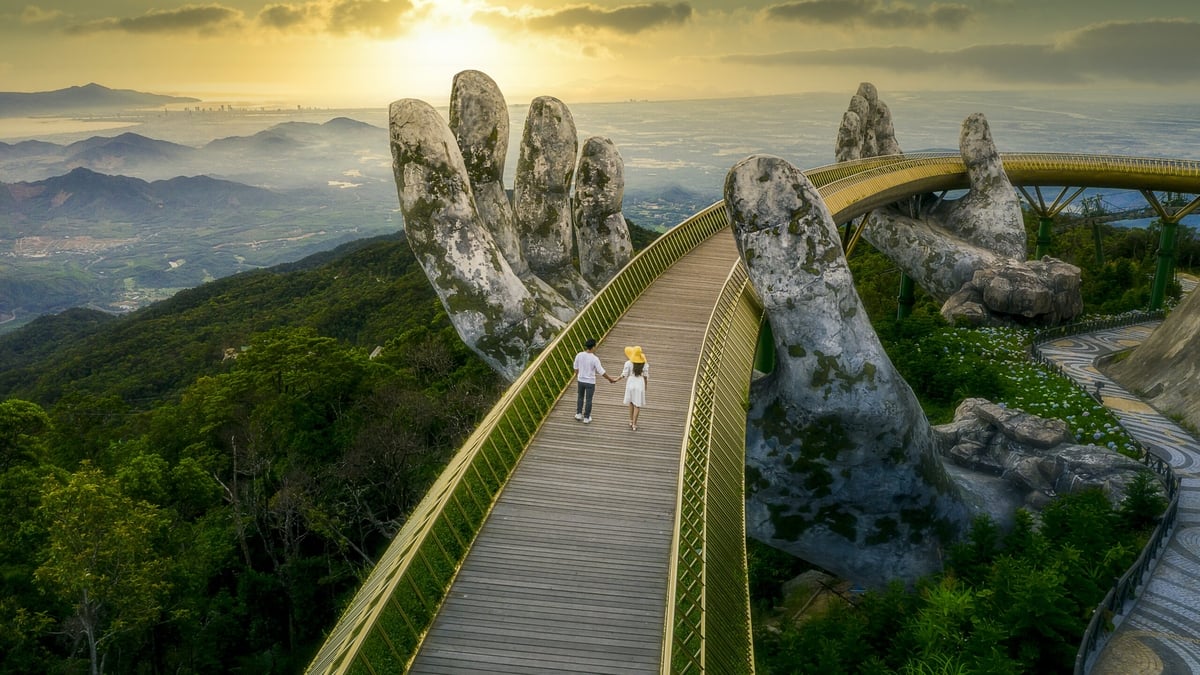
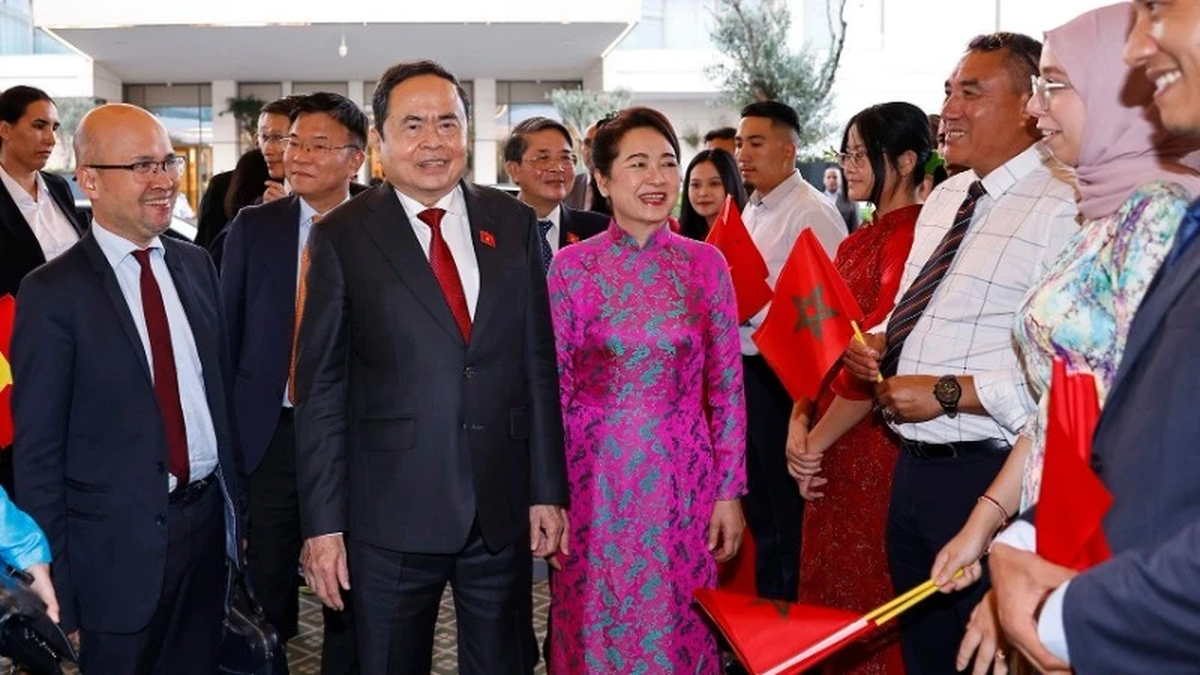
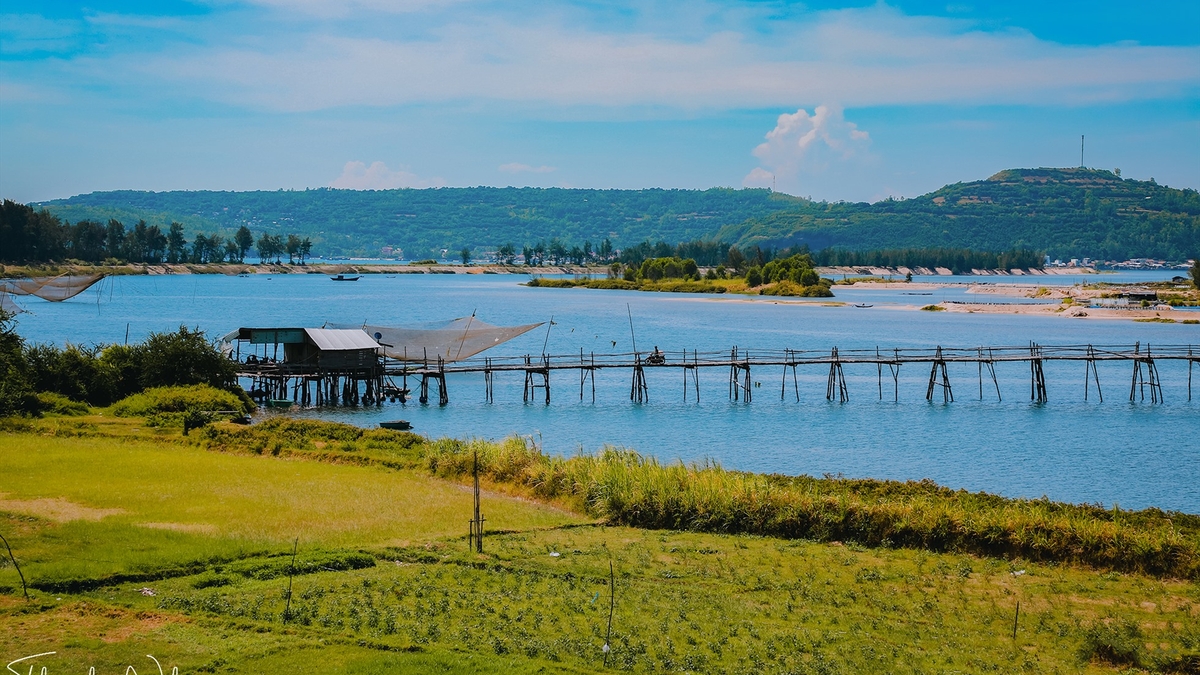
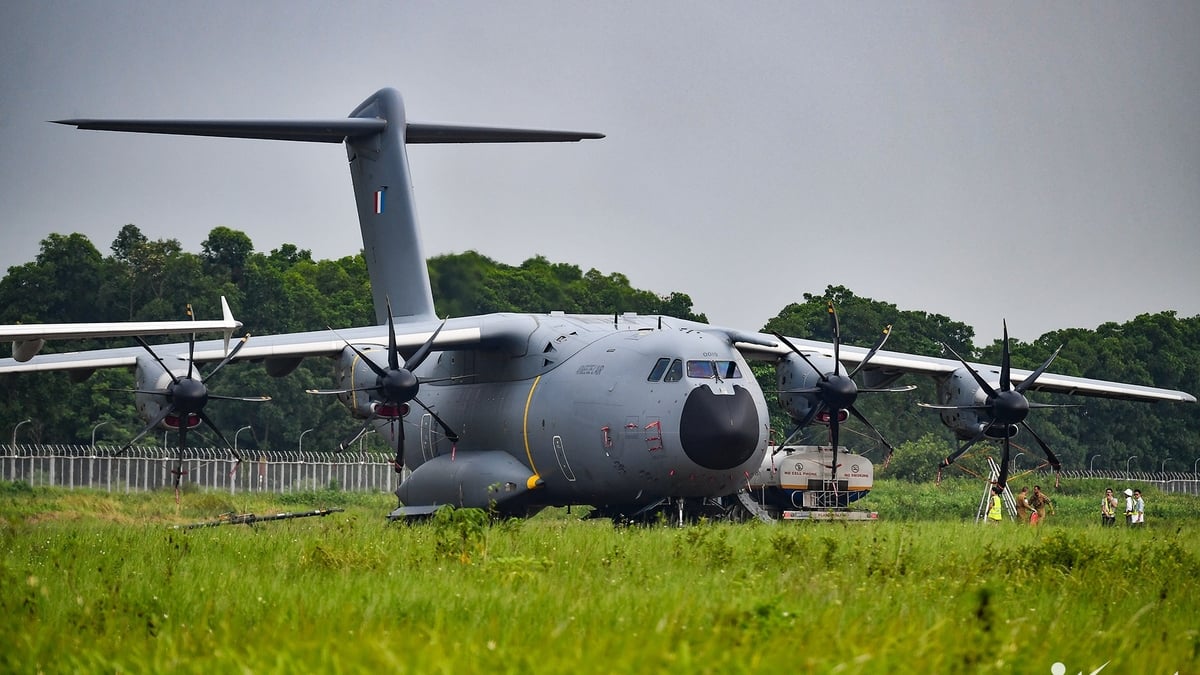
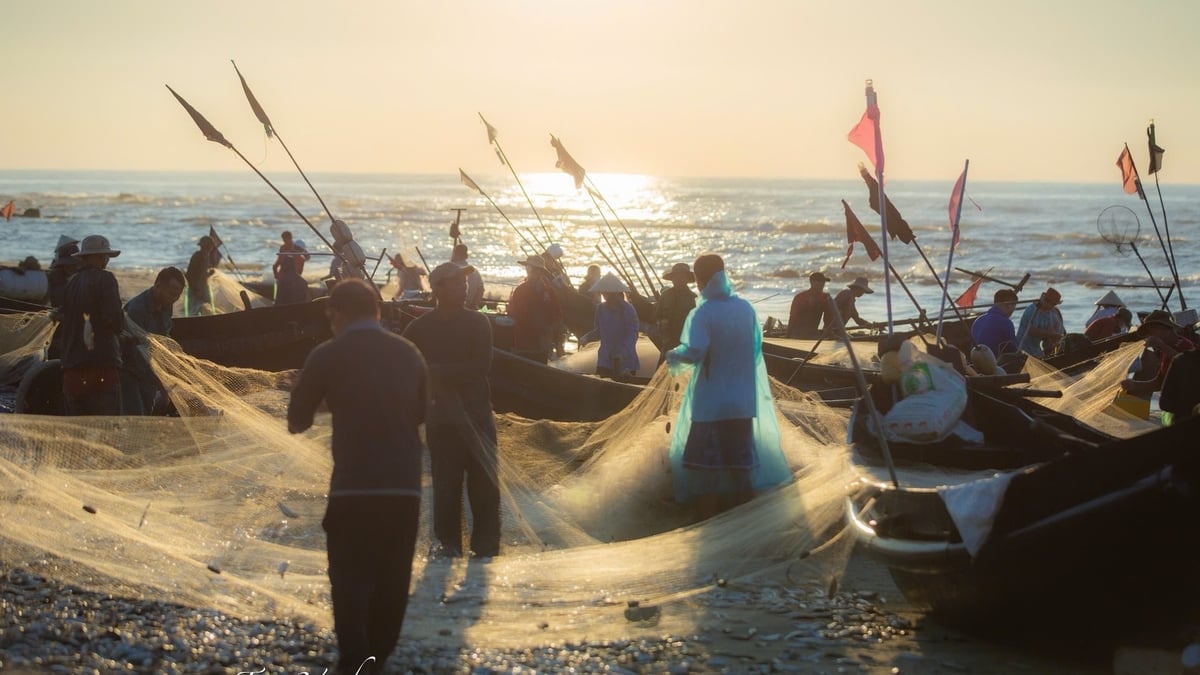
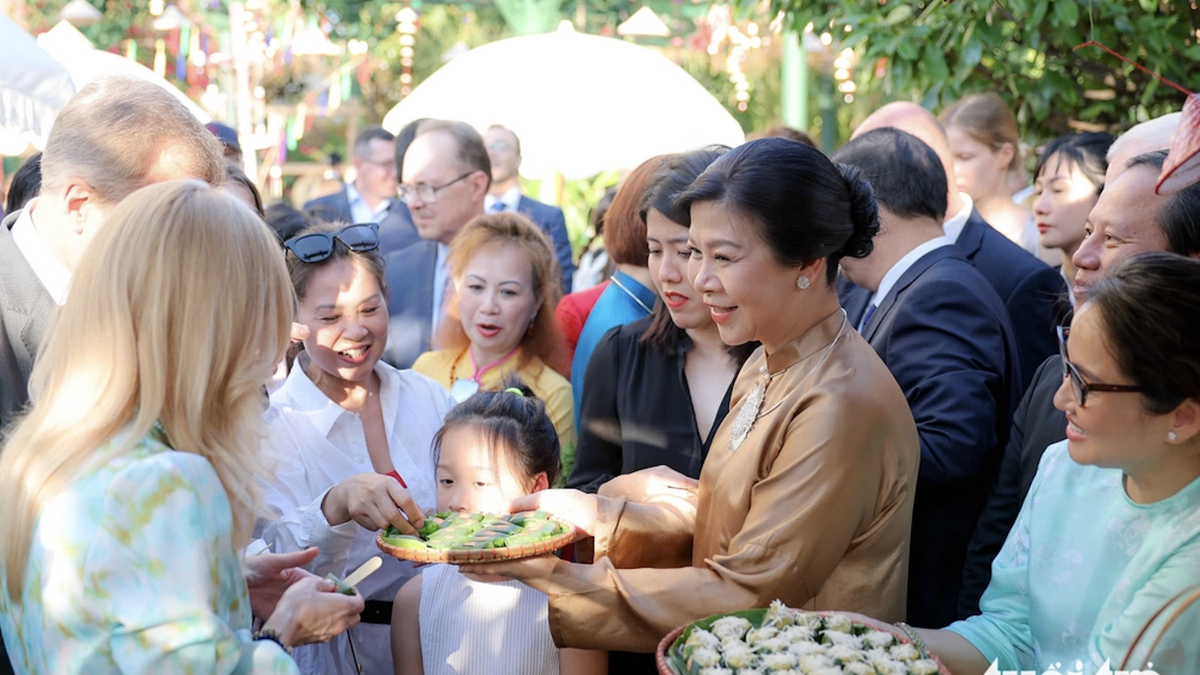
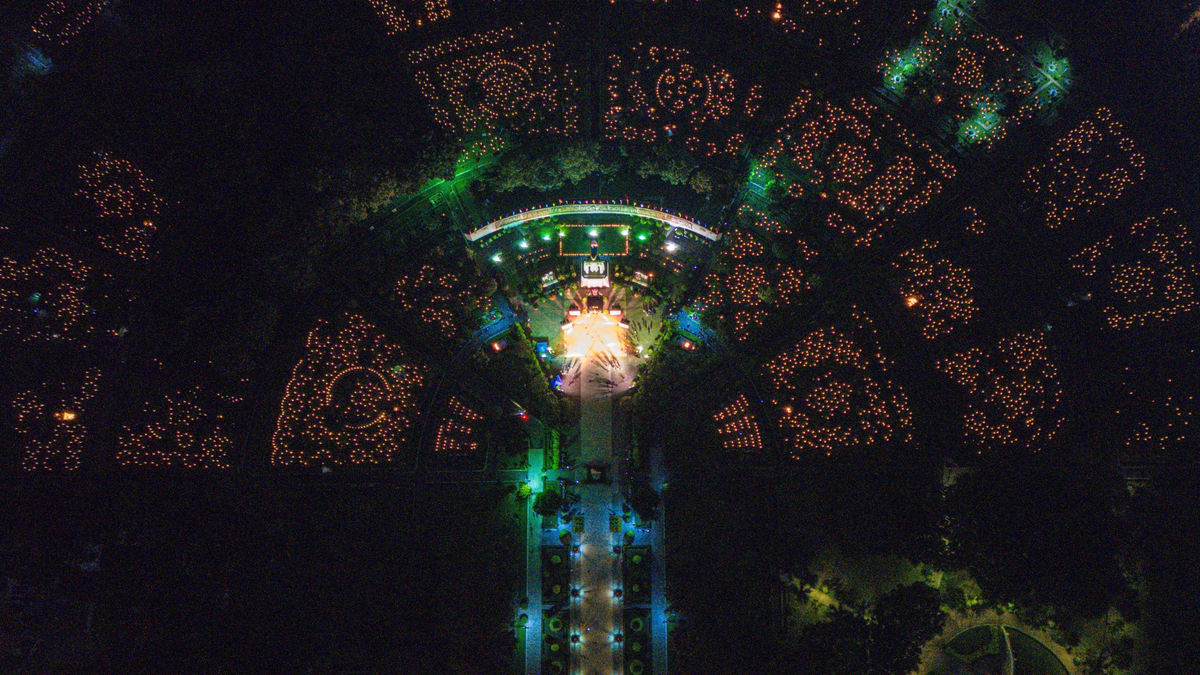
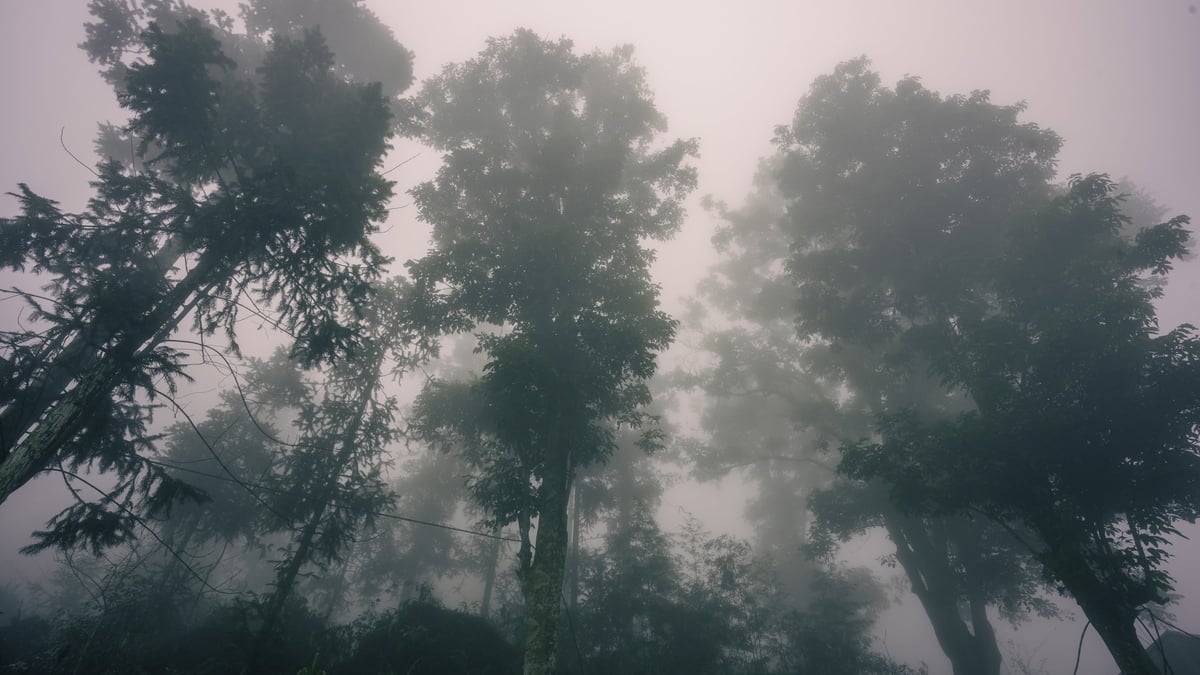
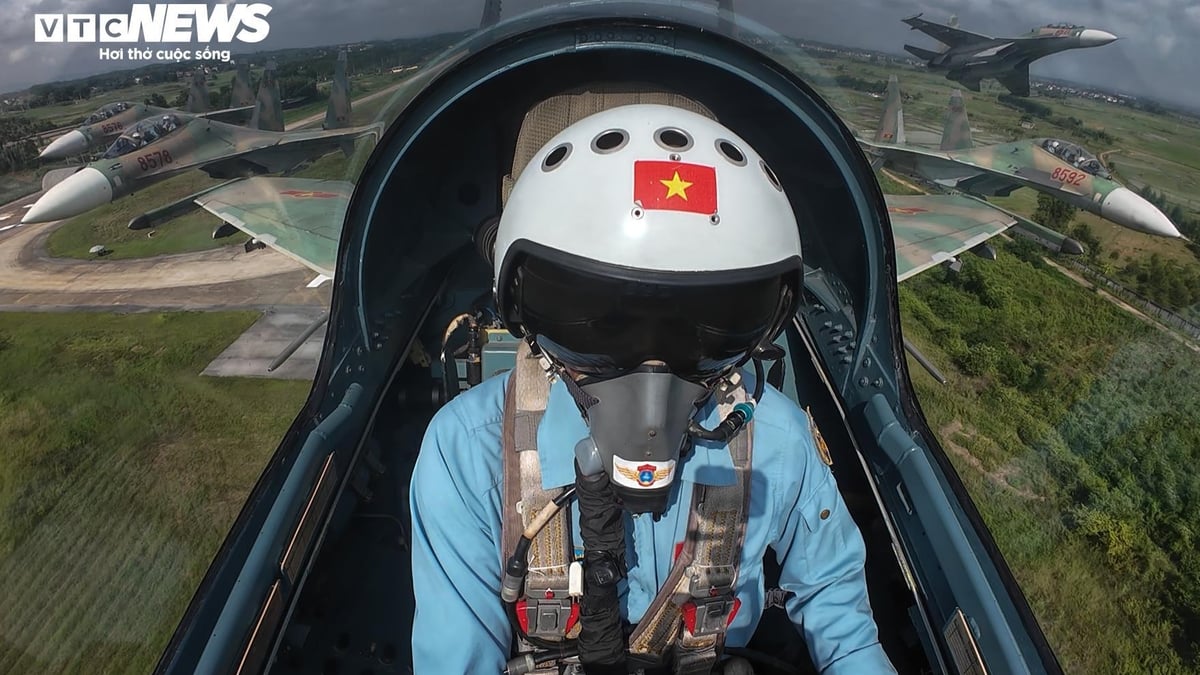
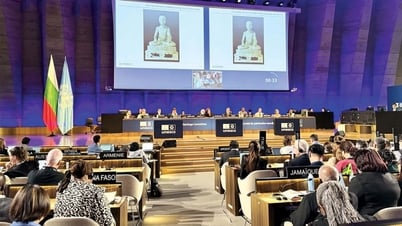

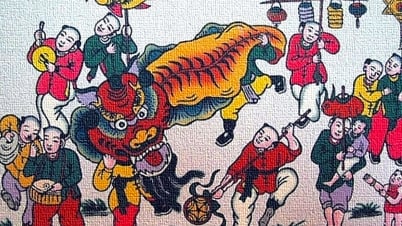



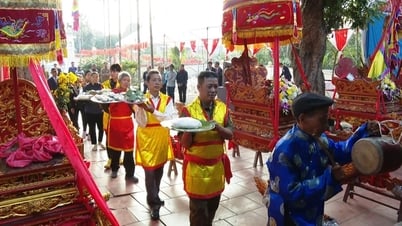

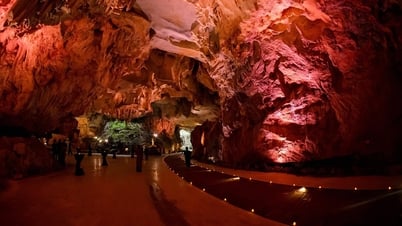
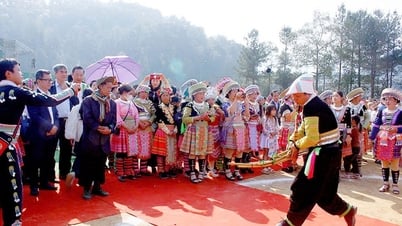



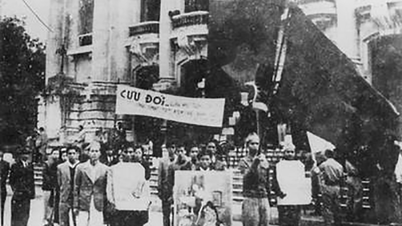



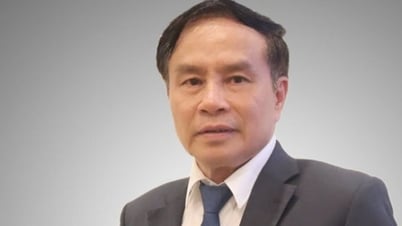

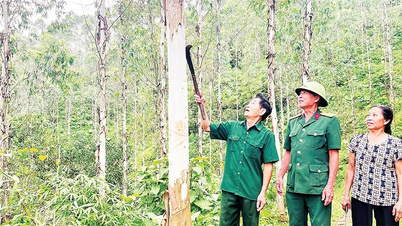







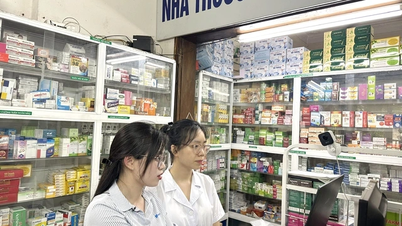
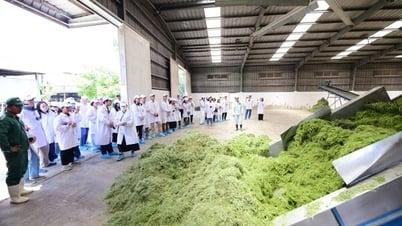
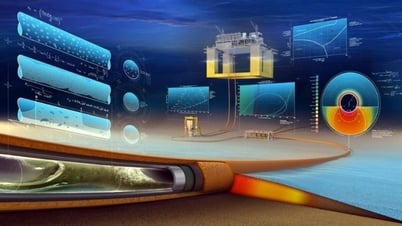


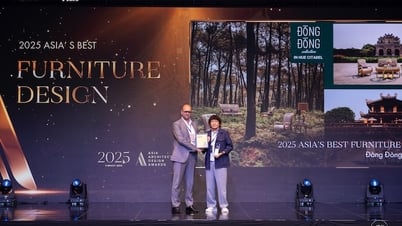



![[Photo] National Assembly Chairman Tran Thanh Man receives Chairman of Morocco-Vietnam Friendship Association](https://vphoto.vietnam.vn/thumb/402x226/vietnam/resource/IMAGE/2025/7/26/b5fb486562044db9a5e95efb6dc6a263)
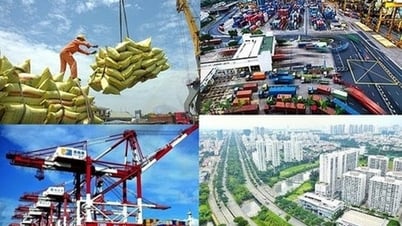

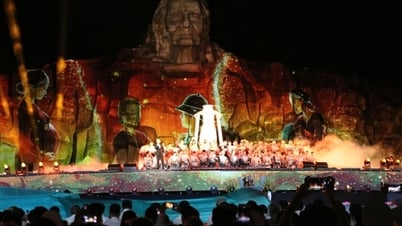

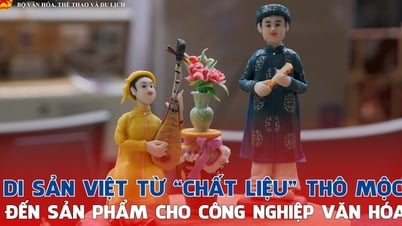
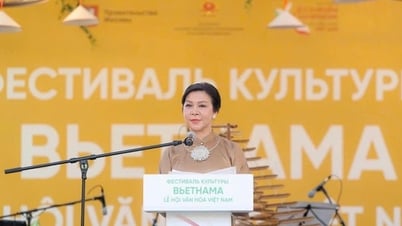
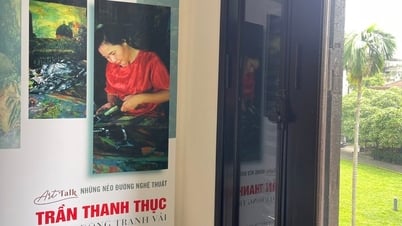
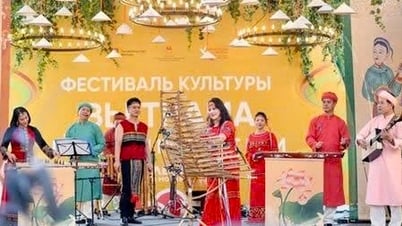














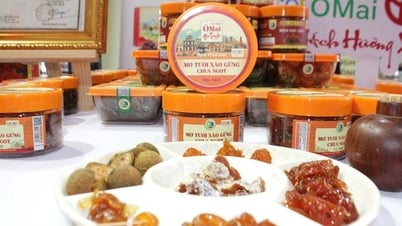



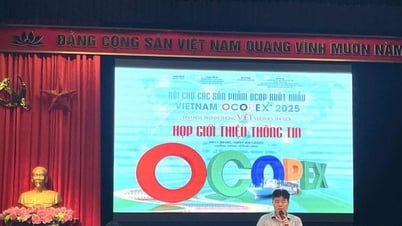


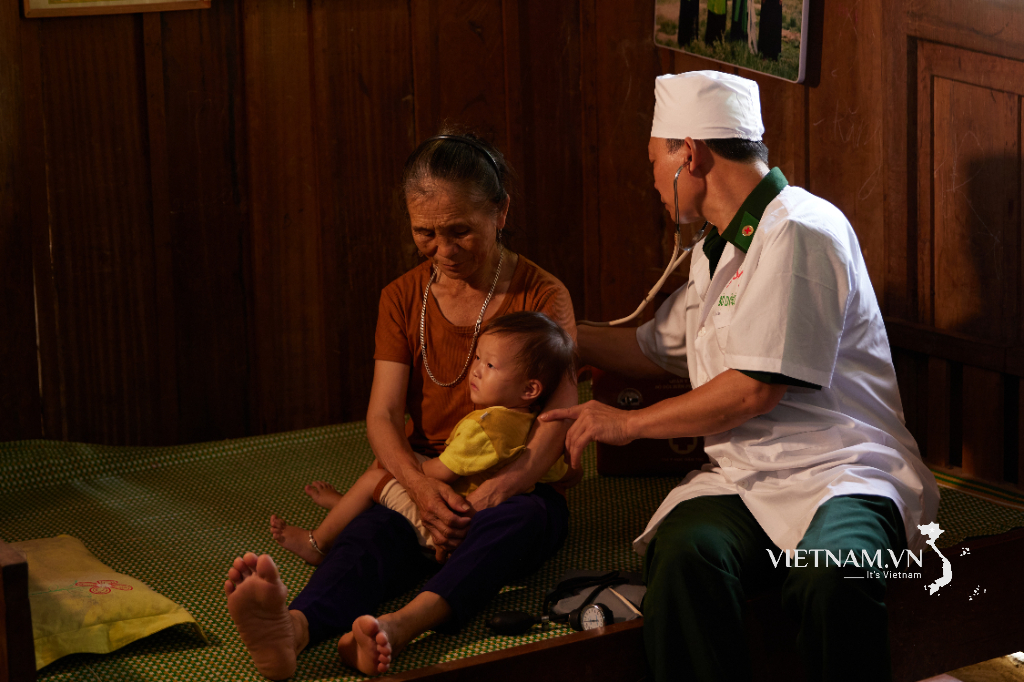



Comment (0)